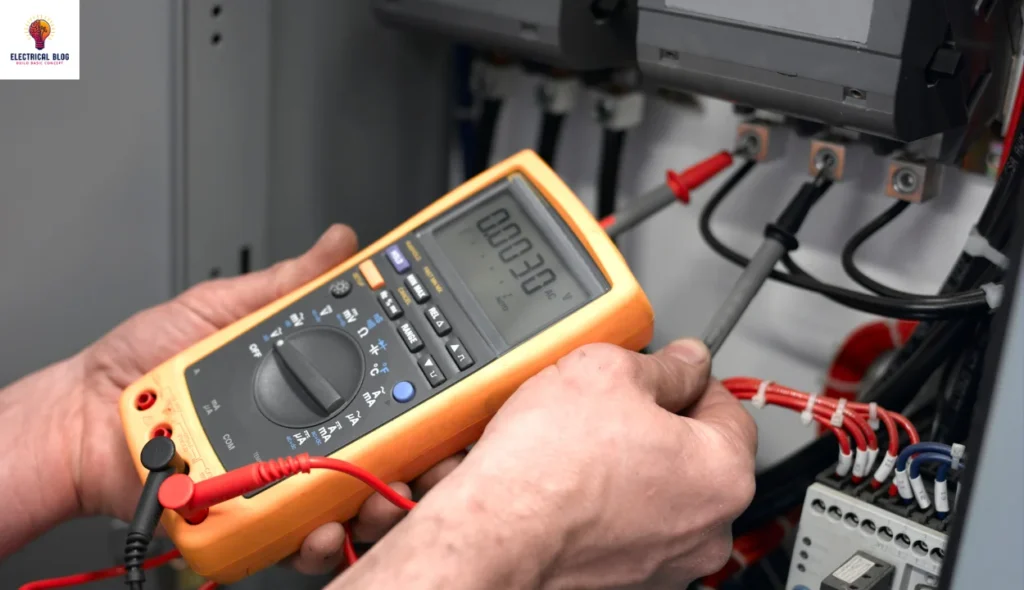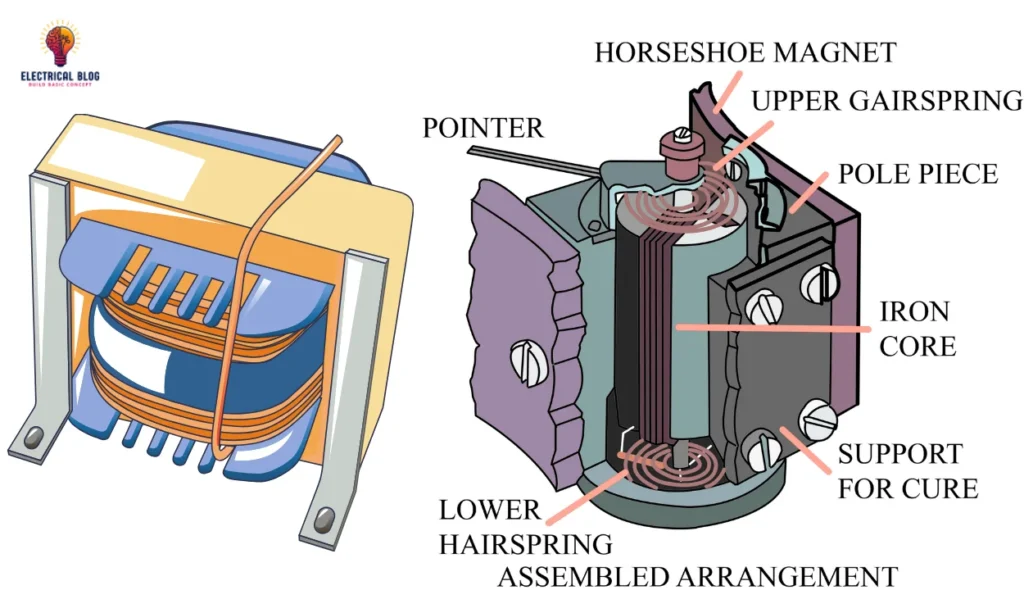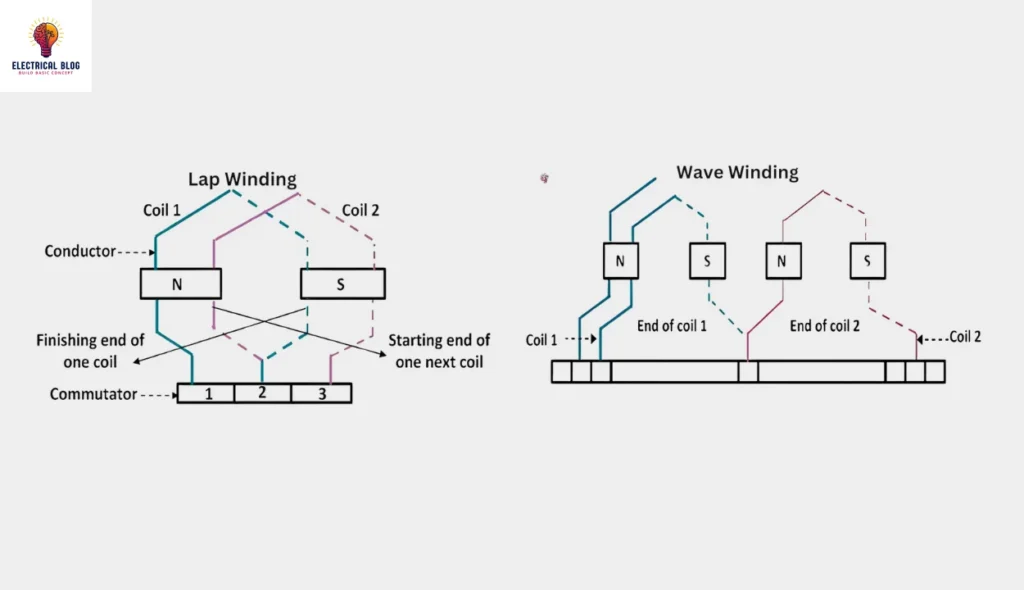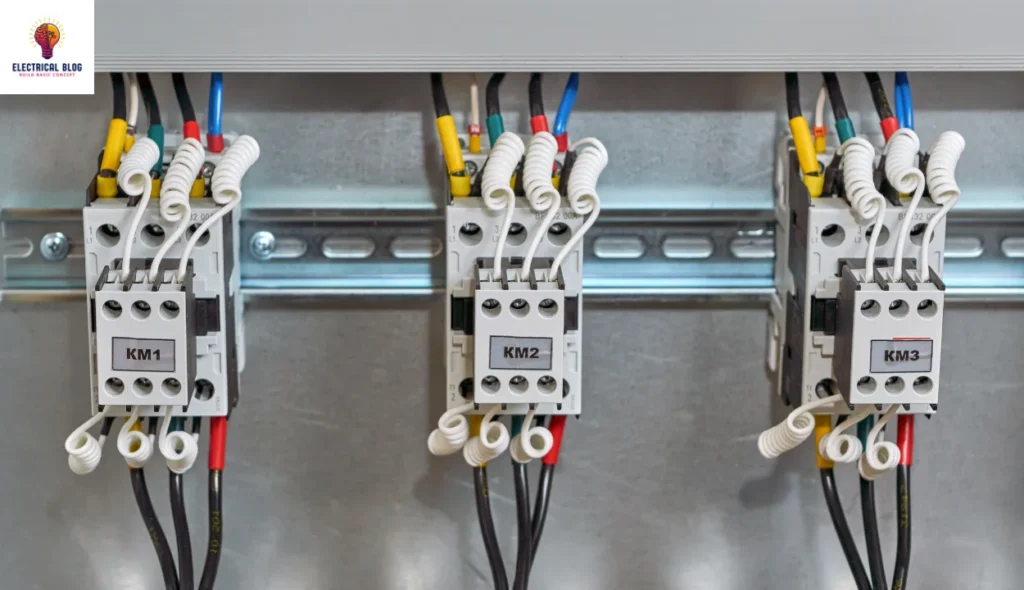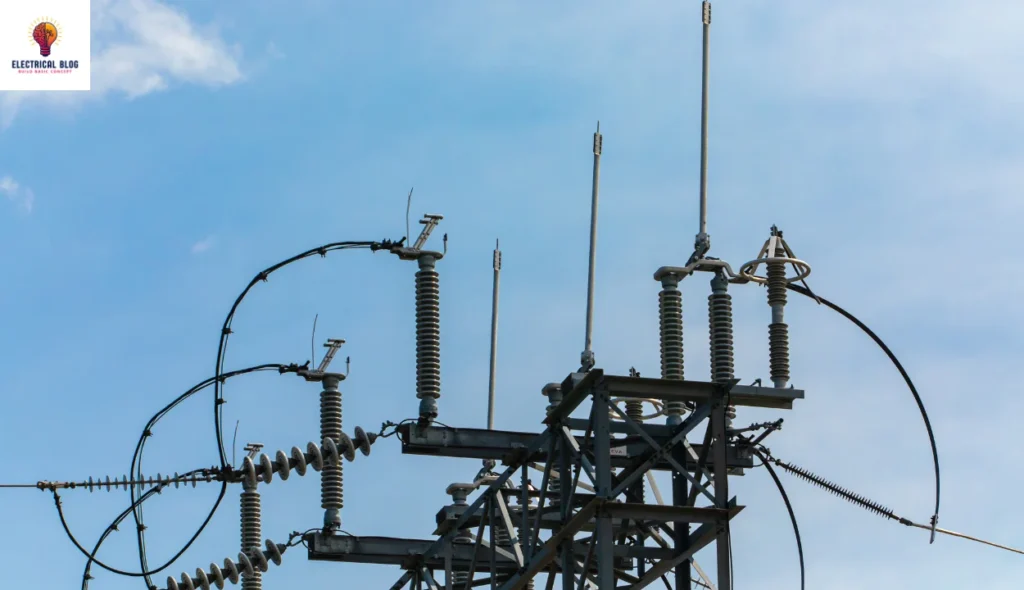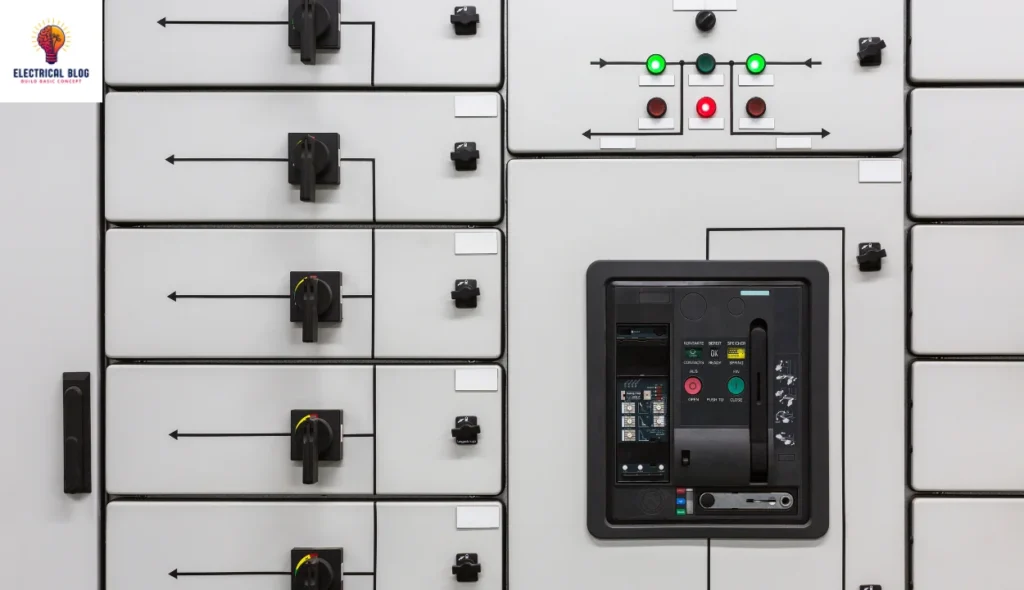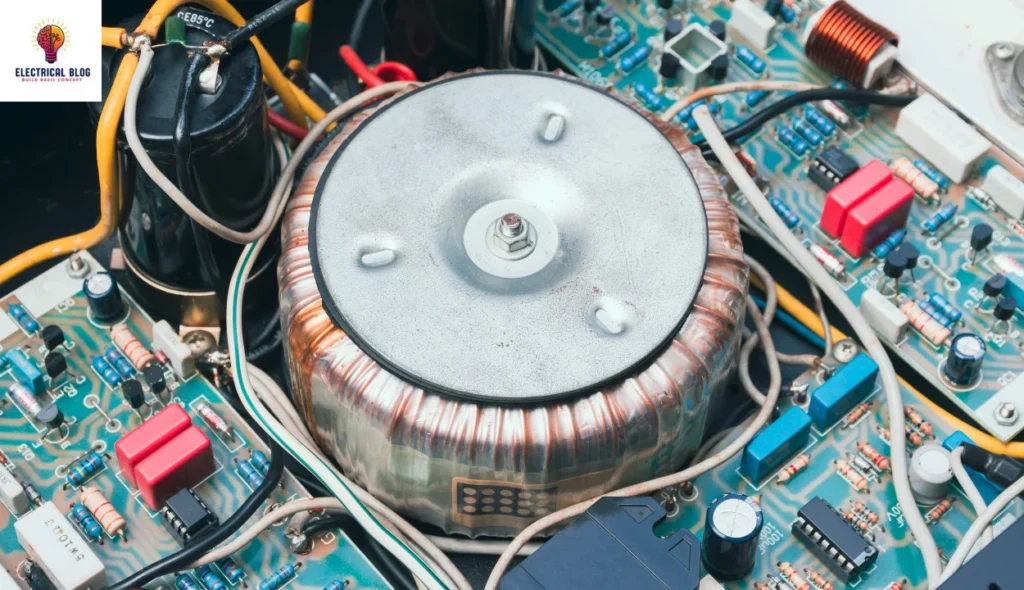How to Read Nominal Voltage: A Comprehensive Guide
Introduction Anyone dealing with electrical systems must understand nominal voltage. This applies to residential, industrial, and power distribution contexts. Nominal voltage is the baseline value of an electrical system. It helps engineers and technicians assess its capabilities, safety, and equipment compatibility. This guide will explore how to read nominal voltage. We will cover its meaning, […]
How to Read Nominal Voltage: A Comprehensive Guide Read More »

